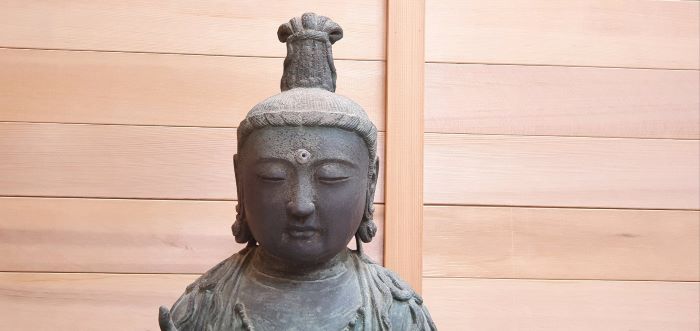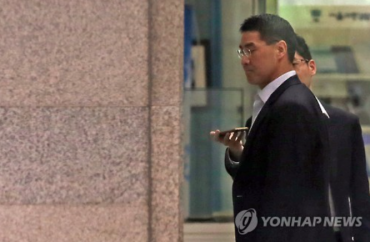SEOUL, Oct. 26 (Korea Bizwire) — The Surpeme Court ruled Thursday that a 14th-century Korean Buddhist statue, which had been taken to Japan but was brought back to Korea by thieves in 2012, should be returned to Japan, upholding a lower court’s decision.
The decision centers on a 50.5-centimeter-tall Buddhist statue from the Goryeo Dynasty (918-1392), which was one of the two bronze statues that Korean thieves stole from Kannon Temple in Tsushima, Nagasaki Prefecture, in October 2012.
Claiming ownership of it, Buseok Temple in Seosan, 98 kilometers southwest of Seoul, filed a lawsuit in 2016, demanding the return of the statue currently stored at the National Research Institute of Cultural Heritage in the central city of Daejeon.
The temple claimed that Japanese pirates plundered it and took it to their country.
In the first ruling in 2017, a district court ruled that Japan appears to have taken away the statue via “abnormal” means, ordering the statue to be returned to Buseok Temple.
An appeals court later overturned the decision, ruling that the Japanese temple had held the statue long enough, for 60 years, to be entitled to ownership. The court also said at that time there’s no evidence confirming today’s Buseok Temple was the same namesake temple from the Goryeo Dynasty, the creator of the statue.
The Supreme Court upheld the appellate decision, citing a Japanese civil code that stipulates that anyone who has held another person’s object peacefully and publicly for 20 years is entitled to ownership.
The court concluded that the Japanese law should apply in the case because international law stipulates that the law of where the object in question was located at the point the second possessor gained ownership of it should be applied.
(Yonhap)







